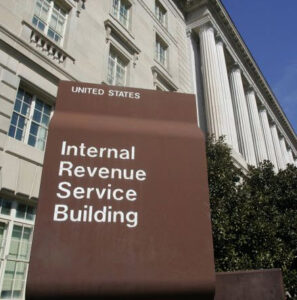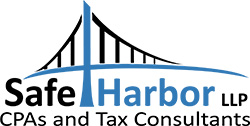San Francisco is a city of entrepreneurs. Sometimes they are very active: working in the business day-in and day-out. But other times, people are passive. There are IRS rules and regulations governing passive activity. Here are some thoughts –
PAL Rules and the 1986 Tax Reform Act
The passive activity loss (PAL) rules were introduced by the Tax Reform Act of 1986 and were designed to curb perceived tax shelter abuses. However, the PAL rules are far-reaching and affect activities other than tax shelters. Additionally, these rules limit the deductibility of losses for federal income tax purposes.

A passive activity is a trade or business in which the taxpayer does not materially participate or, with certain exceptions, any rental activity. Rental activities generally are passive regardless of whether the taxpayer materially participates. However, the rental real estate activities of certain qualifying taxpayers in real estate businesses are subject to the same general rule that applies to nonrental activities. In other words, if the taxpayer satisfies certain participation requirements, the rental activity is nonpassive and any losses or credits it generates can be used to offset the taxpayer’s other nonpassive income. Additionally, federal regulations provide several exceptions to the general rule allowing a rental activity to be treated as either a trade or business or an investment activity.
Special Tax Rules for Rental Activities (Important for San Francisco Landlords!)
A special rule allows taxpayers who actively participate in a rental activity to deduct up to $25,000 of loss from the activity each year regardless of the PAL rules. Examples of what would constitute active participation include approving new tenants, deciding on rental terms, and approving capital or repair expenditures. The $25,000 special allowance is, however, subject to a limitation. The $25,000 amount is reduced if the taxpayer has an adjusted gross income (AGI) (before passive losses) in excess of $100,000. The allowance is reduced by 50% of the amount by which AGI exceeds the $100,000 level. Consequently, the allowance is completely phased out when AGI exceeds $150,000. If taxpayers have rehabilitation or low-income housing credits, a special rule allows the credits to offset tax on nonpassive income of up to $25,000, regardless of the limitation based on AGI.
Another special rule is the exception for real estate professionals. This provision allows qualifying real estate professionals to deduct losses from rental real estate activities as nonpassive losses if they materially participate in the activity. To qualify as a real estate professional, a taxpayer must demonstrate that he or she spends more than 750 hours during the tax year in real property businesses in which they are a material participant. In addition, they must demonstrate that more than 50% of the services they perform in all of their businesses during the tax year are performed in real property businesses in which they materially participate.
Please contact us to discuss the passive activity provisions or any other tax planning or compliance issue. Read more about the PAL on the IRS website, here.

